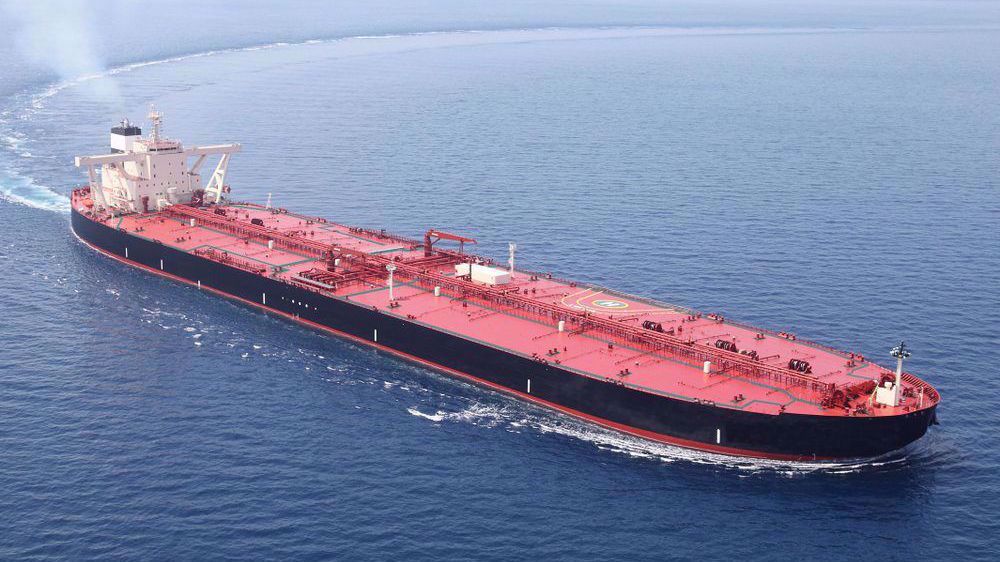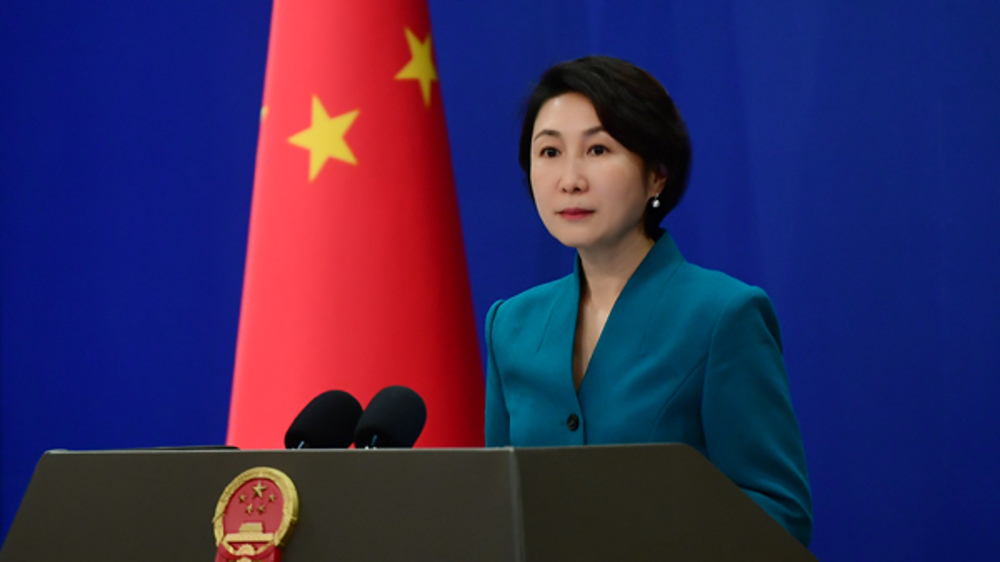Taiwan simulates China invasion during annual drills
The Taiwanese military has begun two days of exercises simulating a Chinese invasion at a time of increased tensions between Taipei and Beijing.
Troops started practicing combat skills with tanks, artillery, and helicopters in the city of Taichung as part of annual exercises on Tuesday. Fighter jets and naval vessels were also deployed to the Taiwan Strait, where the passage earlier of a Chinese fleet ruffled feathers in Taipei.
“The military has active measures to deal with the situation in the Taiwan Strait and the South China Sea so the public can rest assured. We will enhance training 365 days a year,” said Chen Chung-chi, a spokesman for Taiwan’s military.
Signals across the strait — and beyond
Taiwan and China have not had formal relations since after the 1927-1950 Chinese civil war, but Beijing continues to claim sovereignty over the self-ruled island. The Taiwanese military exercises this year are particularly significant given a series of developments that have worked to further bitter cross-strait relations.

Things first took a turn for the worse when US President-elect Donald Trump took a congratulatory phone call from Taiwanese leader Tsai Ing-wen late last year, not only breaking with US diplomatic protocol but also sending a signal to China.
When later asked about the phone call, Trump, a businessman-turned-president, said explicitly that he did not feel bound by the so-called One China policy — which recognizes Chinese sovereignty over Taiwan — unless China gave some kind of concession to Washington.
Chinese officials reacted heatedly to the remarks by Trump, repeatedly emphasizing that matters of sovereignty were not open to a trade-off. They also warned Taiwan against feeling emboldened by Trump’s rhetoric and behavior.
China also sought to send a signal of its own last week when it dispatched a naval fleet, including its only aircraft carrier, to the Taiwan Strait. Taiwanese officials were alarmed by the move, scrambling jets and naval vessels to monitor the passage. They said the Chinese fleet did not enter Taiwan’s territorial waters but did sail into its air defense identification zone.

The tensions, heightened by Trump’s disdain for diplomatic norms, now risk potentially sparking a serious regional conflict, if not an all-out war.
But the US had been angering China before the Trump controversy, too. Washington has been consistently taking sides with China’s rivals in regional, territorial disputes, including in the South and East China seas.
The US has slammed China’s building of artificial islands on reefs and shoals in the South China Sea, and has been routinely sending warships to the region to assert what it says is its right to freedom of navigation.
Recently, Rex Tillerson, Trump’s nominee for secretary of state, said in highly controversial, anti-China remarks that Beijing should be banned from the islands it has built in the South China Sea. China has installed defense missile systems on the islands.
The US is also a major supplier of arms to Taiwan despite the absence of formal ties with the island.
Trump withdraws US from 66 international organizations
Israeli forces abduct four young Syrians after incursion into Syria's Quneitra
Trump says US will oversee Venezuela ‘for years’
Iran FM warns of Israel’s threats to region as he arrives in Lebanon for talks
VIDEO | France’s economic crisis
VIDEO | Press TV's news headlines
VIDEO | US's illegal assassination of Martyr Haj Qassem Soleimani
Israel kills Palestinian girl in Gaza amid repeated ceasefire breaches










 This makes it easy to access the Press TV website
This makes it easy to access the Press TV website